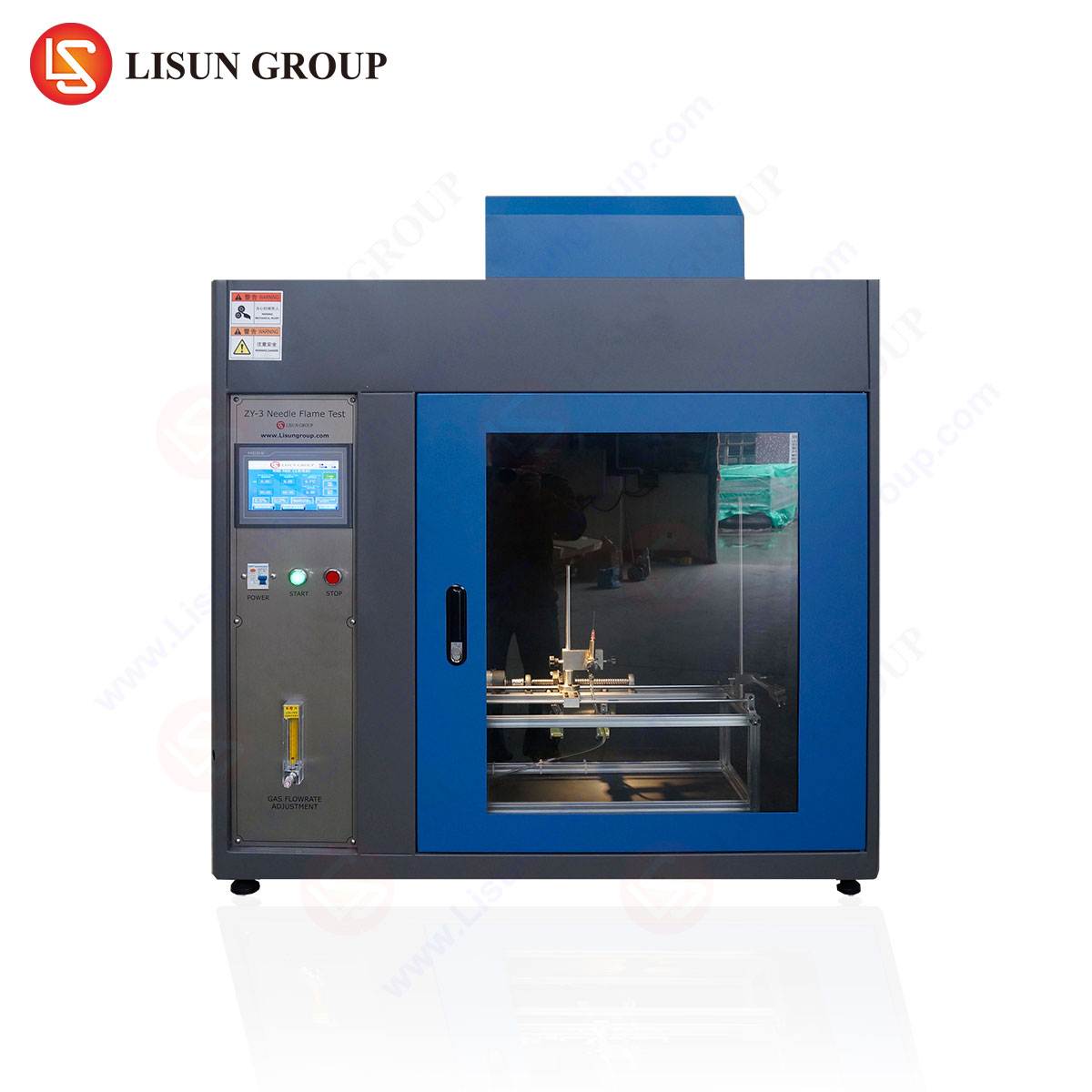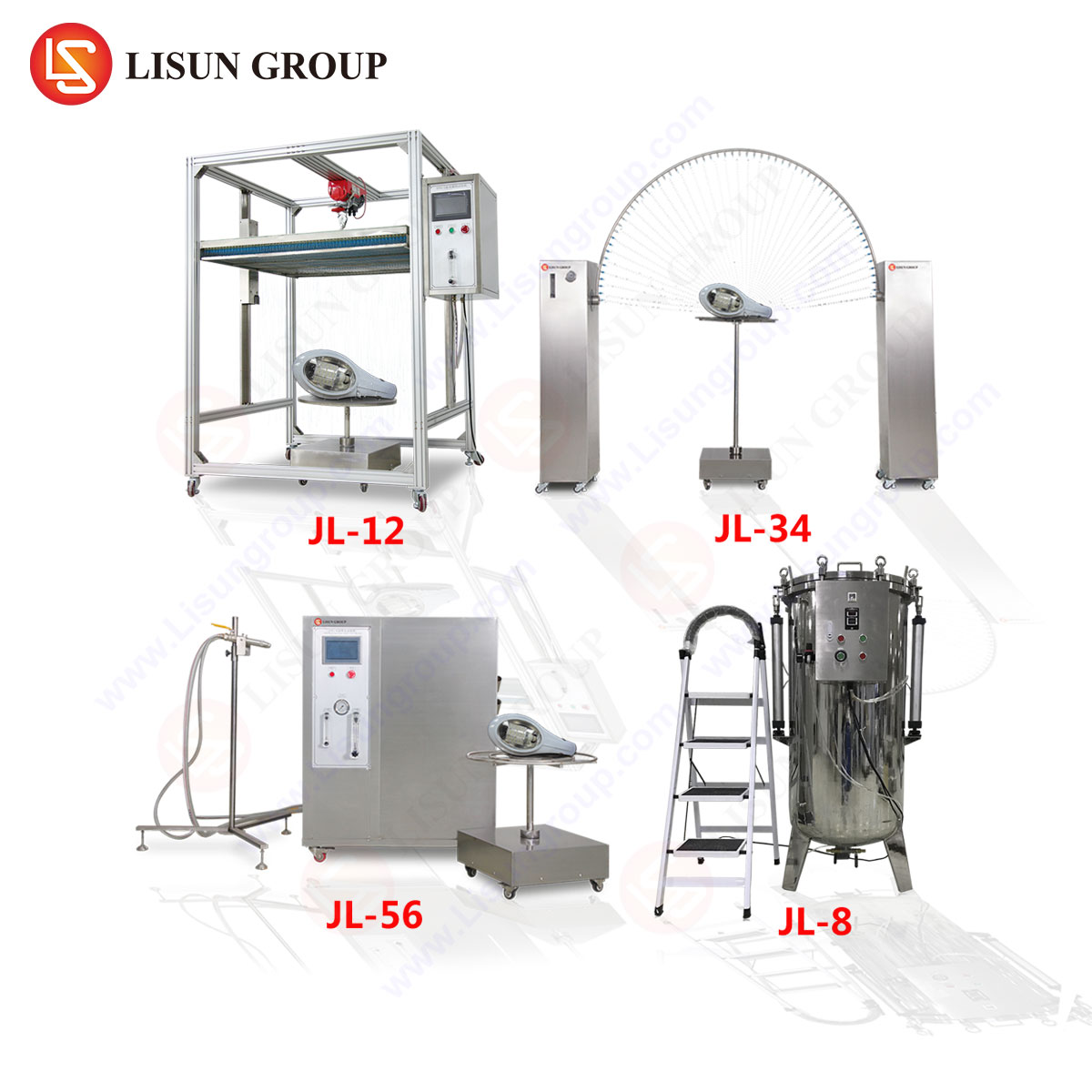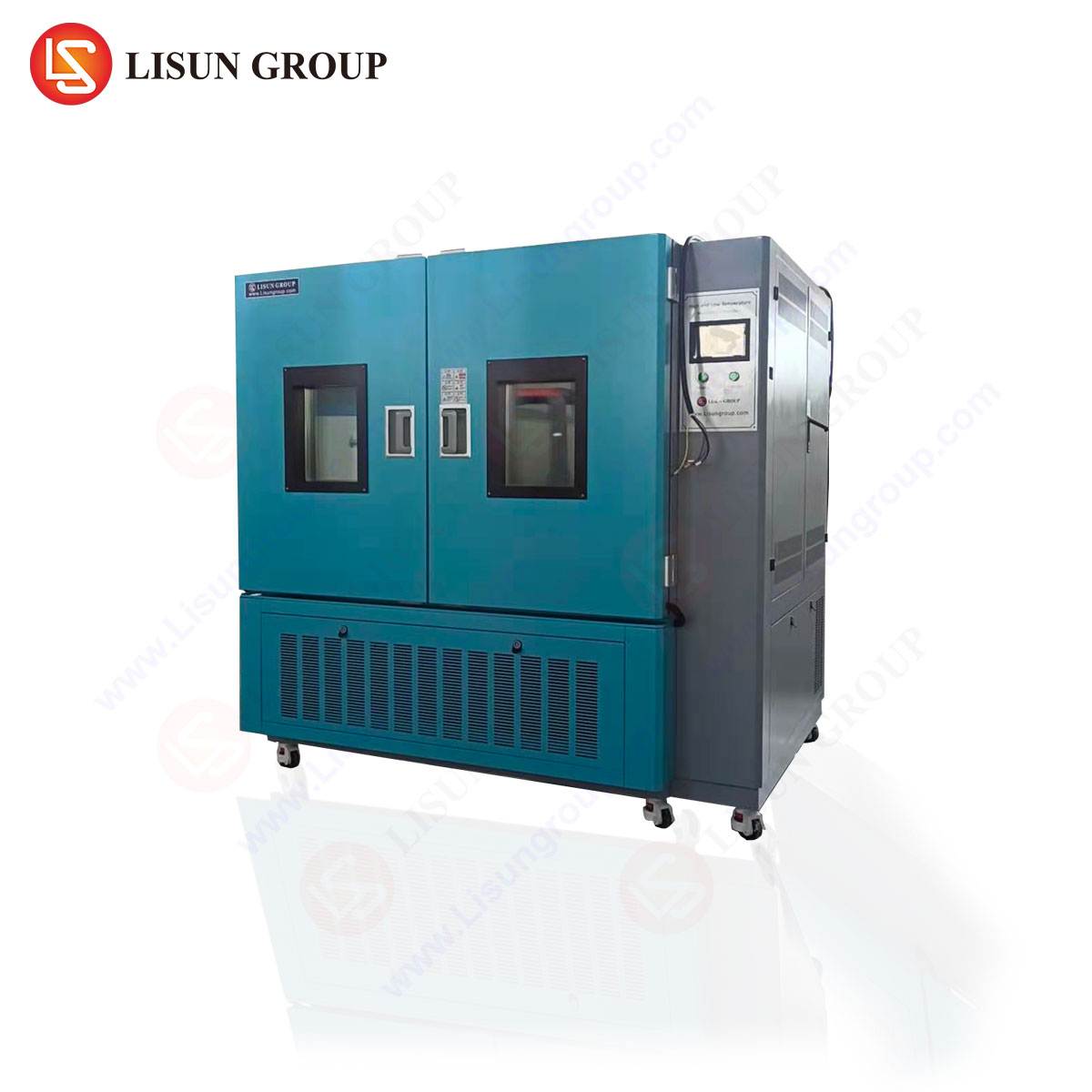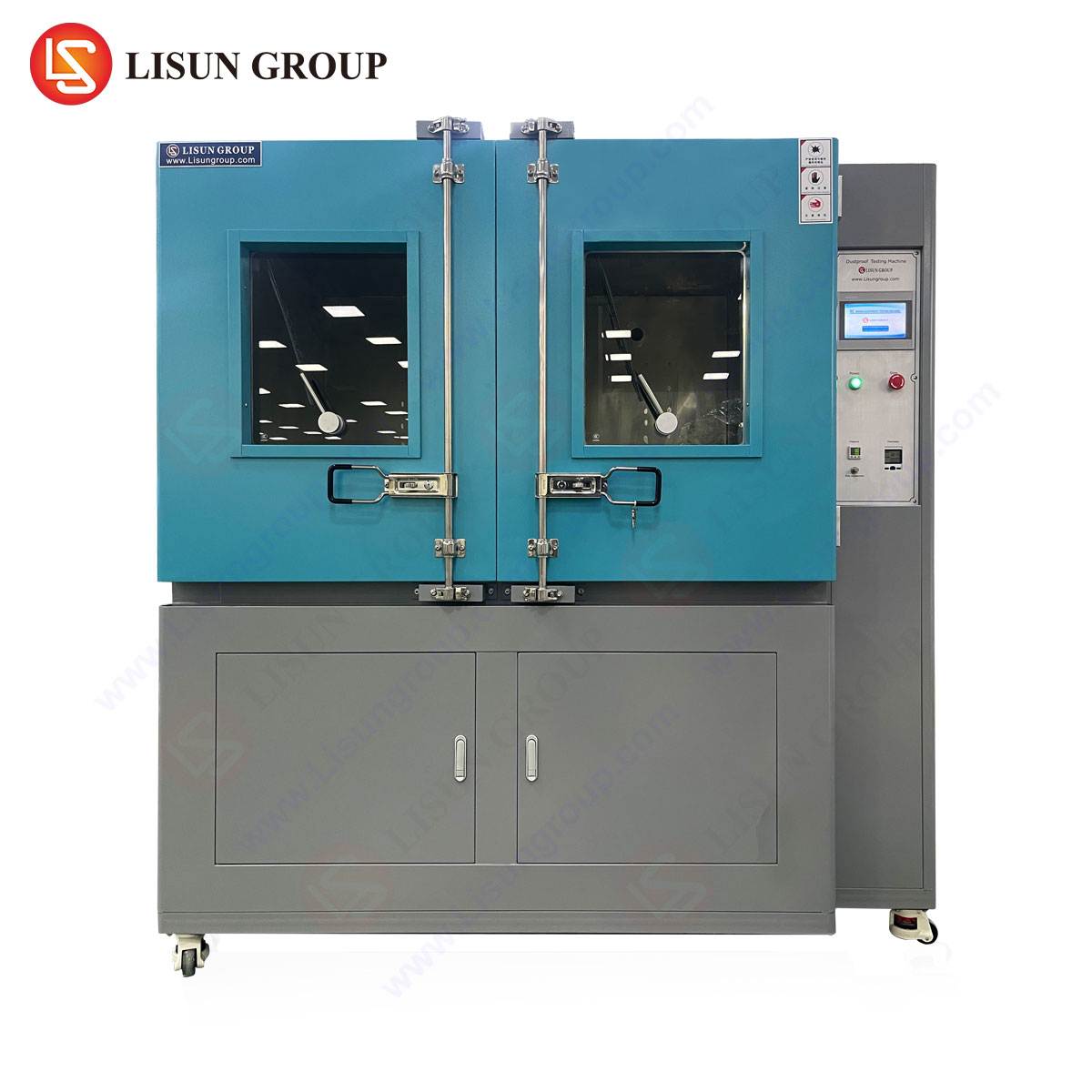Introduction to Dust Sand Test Chambers
Dust sand test chambers are specialized environmental testing devices designed to evaluate the ingress protection (IP) ratings and durability of products exposed to particulate contamination. These chambers simulate harsh conditions where fine dust, sand, or other abrasive particles may infiltrate electrical enclosures, mechanical assemblies, or sensitive components. The testing process adheres to international standards such as IEC 60529, ISO 20653, MIL-STD-810, and GB/T 4208, ensuring reliability across industries ranging from automotive electronics to aerospace components.
The LISUN SC-015 Dust Sand Test Chamber exemplifies modern testing instrumentation, incorporating precision airflow control, calibrated particle dispersion, and real-time monitoring to validate product resilience under controlled particulate exposure.
Design and Operational Principles of the LISUN SC-015
The LISUN SC-015 employs a closed-loop recirculation system to maintain consistent particle density throughout the test duration. A centrifugal blower generates turbulent airflow, suspending standardized test dust (typically Arizona Road Dust or equivalent) within the chamber. The system’s key operational parameters include:
- Airflow Velocity: Adjustable between 1–5 m/s to simulate natural wind conditions.
- Particle Concentration: Configurable up to 10 g/m³, ensuring compliance with IP5X and IP6X testing requirements.
- Temperature Control: Ambient to 60°C (±2°C) for combined thermal and particulate stress testing.
- Test Duration: Programmable intervals from 1 minute to 999 hours.
The chamber’s construction utilizes corrosion-resistant stainless steel, with a transparent observation window for real-time monitoring. An integrated sieve mechanism ensures uniform particle distribution, while a HEPA filtration system prevents external contamination.
Standards Compliance and Testing Methodologies
The LISUN SC-015 supports multiple testing protocols, including:
- IP5X (Dust-Protected): Evaluates partial ingress prevention under low-pressure conditions.
- IP6X (Dust-Tight): Validates complete exclusion of particles under sustained exposure.
- MIL-STD-810 Method 510.5: Assesses military-grade equipment resilience in sand-laden environments.
Testing follows a prescribed sequence:
- Pre-Conditioning: Samples are stabilized at ambient temperature and humidity.
- Particle Introduction: Dust is dispersed at controlled concentrations and velocities.
- Post-Test Inspection: Components are examined for particle penetration, mechanical wear, or functional degradation.
Industry-Specific Applications
Electrical and Electronic Equipment
Enclosures for industrial control systems, circuit breakers, and power distribution units undergo IP6X validation to prevent dust-induced short circuits.
Automotive Electronics
ECUs, sensors, and lighting fixtures are tested under simulated desert or off-road conditions to ensure operational integrity in particulate-heavy environments.
Aerospace and Aviation Components
Avionics and cabin systems must resist fine silica dust during takeoff, landing, and ground operations.
Medical Devices
Portable diagnostic equipment and surgical tools require IP-rated housings to maintain sterility in field deployments.
Telecommunications Equipment
Outdoor base stations and fiber-optic terminals are subjected to prolonged dust exposure to verify sealing effectiveness.
Competitive Advantages of the LISUN SC-015
- Precision Particle Dispersion: Patented vortex airflow technology ensures homogeneous dust distribution.
- Automated Test Sequencing: Reduces operator intervention with pre-programmed IEC/ISO test profiles.
- Data Logging and Reporting: Integrated software records airflow, temperature, and particle density for compliance documentation.
- Modular Upgrades: Optional humidity control and vibration modules enable combined environmental testing.
Case Study: Validating IP6X Protection in Automotive Lighting
A leading automotive supplier utilized the LISUN SC-015 to test LED headlamp assemblies under 8-hour IP6X conditions. Post-test analysis confirmed zero particle ingress, validating the design’s sealing efficacy. Comparative testing against competitor chambers revealed a 12% improvement in repeatability due to the SC-015’s calibrated airflow system.
Maintenance and Calibration Requirements
To ensure long-term accuracy:
- Sieve Replacement: Every 500 test cycles to prevent particle agglomeration.
- Airflow Calibration: Biannual verification using anemometry standards.
- Filter Integrity Checks: Monthly HEPA filter inspections to maintain containment.
Future Developments in Particulate Testing
Emerging standards for nanoscale particulate resistance and combined thermal-cyclic dust testing are driving chamber design innovations. The LISUN SC-015’s modular architecture allows for seamless integration of these advancements.
FAQ Section
Q1: What particle types are compatible with the LISUN SC-015?
A: The chamber supports Arizona Road Dust (ISO 12103-1 A2), talcum powder, and custom particulates per user specifications.
Q2: How does the SC-015 ensure uniform dust distribution?
A: A centrifugal blower and perforated diffuser plate create turbulent airflow, preventing particle sedimentation.
Q3: Can the chamber simulate combined temperature and dust testing?
A: Yes, the SC-015 offers an optional thermal module for simultaneous high-temperature and particulate exposure.
Q4: What is the minimum sample size for testing?
A: The chamber accommodates products up to 1 m³, with adjustable shelving for smaller components.
Q5: Does the SC-015 comply with MIL-STD-810G?
A: Yes, it meets Method 510.5 for sand and dust testing in military applications.







